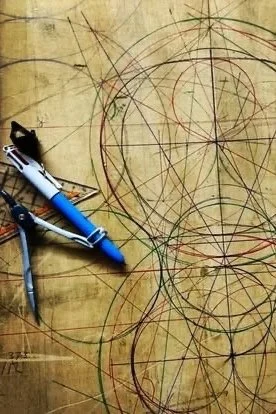Snakes and Luthiers
Making can be profoundly invigorating, offering moments of pure inspiration, but it also involves steep learning curves and challenging, humbling periods of doubt.
Each new instrument brings with it not only a new set of skills to master but also a deeper understanding of the craft and a renewed appreciation for the art of luthiery.
There is a unique richness to working with natural materials like wood, perhaps because of its inherent unpredictability and its ability to resist the maker's desire to fully control the process. With confidence and experience, hopefully one learns to work harmoniously with the material rather than forcing it to bend to one’s will. This collaborative flow between artisan and wood brings a certain vitality and authenticity to the work, revealing itself subtly but unmistakably in the final creation. Quality of tone and the playability of an instruments adds another layer skills to be mastered.
During training, I saw my classmates tackle this challenge in two different ways.
There were those who worked fast, unafraid of making mistakes, embracing a rapid pace with confidence, and then there were others like me—very careful and deliberate—moving slowly and thoughtfully to fully understand and control every detail of what they were creating.
The two methods slowly reached a middle ground. I have since continued to aim for this balance, careful not to be too confident but open to creativity. This mix brings both careful control and free inspiration for more satisfying results.
